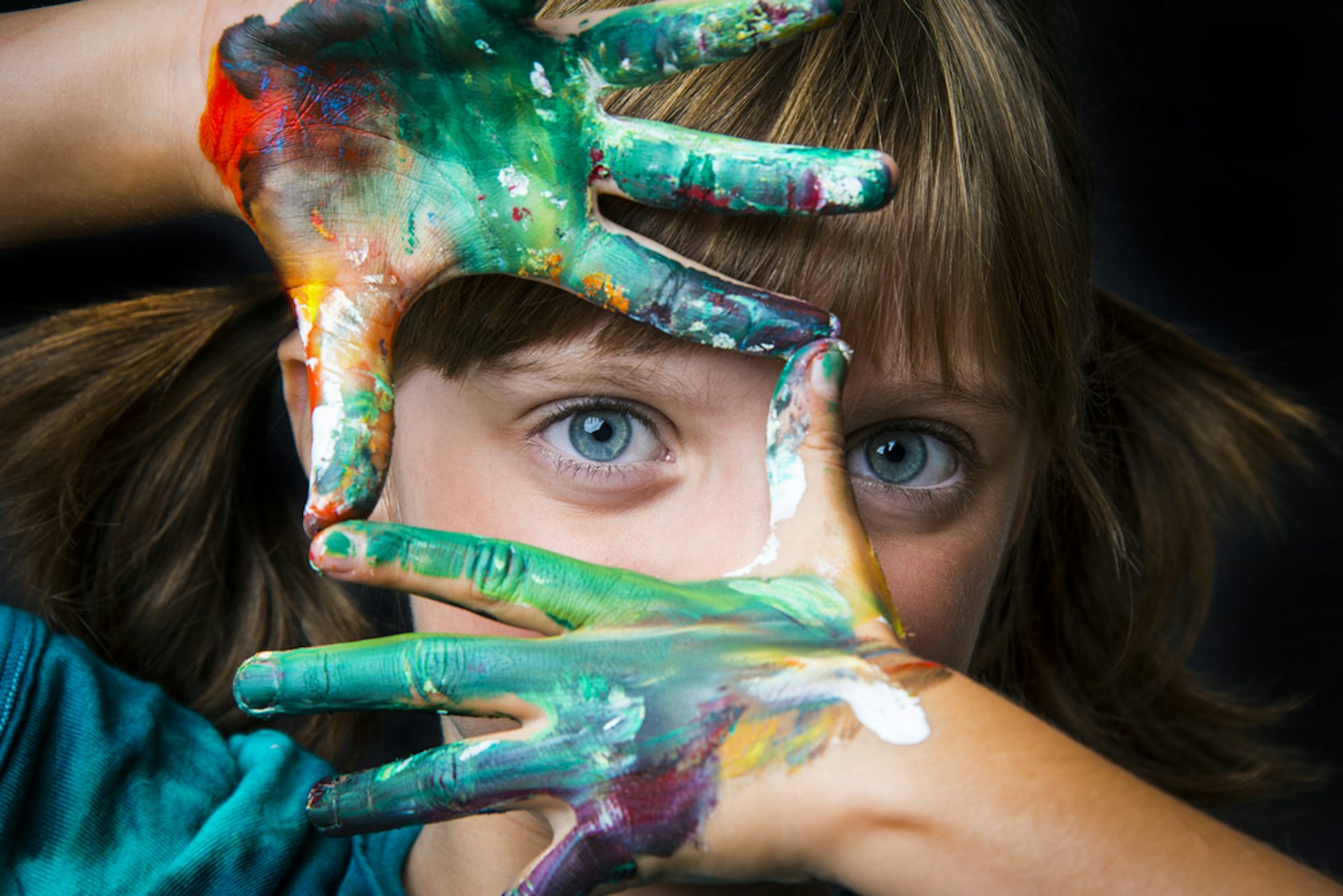
AI’s Quest for Creativity: Unveiling the Potential of Art and Music GenerationAI’s Quest for Creativity: Unveiling the Potential of Art and Music Generation In the realm of artificial intelligence, a transformative awakening is taking place—a quest for creativity. AI systems, once confined to analytical tasks, are now venturing into the ethereal domains of art and music generation, unlocking unprecedented possibilities. Unleashing Artistic Potential: AI-powered art generators have revolutionized the creative process. By leveraging advanced machine learning models, these systems can analyze vast databases of images to identify patterns, styles, and compositions. They then harness this knowledge to generate original artworks that mimic the aesthetics of renowned artists or conjure up entirely novel creations. Generating Melodies and Beats: In the realm of music, AI is also making its mark. Music generation systems employ deep learning algorithms to analyze and learn from existing compositions. By dissecting harmonic structures, rhythms, and melodies, they can create new pieces that exhibit astonishing musicality. From classical symphonies to catchy pop tunes, AI-generated music is captivating audiences with its depth and imagination. Blurring the Boundaries: As AI’s creative capabilities continue to evolve, the boundaries between human and machine-generated art become increasingly blurred. AI-assisted artworks and music often exhibit an uncanny resemblance to their human counterparts, raising profound questions about the nature of creativity itself. Future Implications: The implications of AI’s quest for creativity are vast. It could lead to the following advancements: * Enhanced Artistic Expression: AI can assist artists in exploring new ideas, pushing creative boundaries, and reaching wider audiences. * Personalized Experiences: AI-generated art and music can be tailored to individual preferences, creating highly immersive and personalized experiences. * Artistic Accessibility: AI can make art and music more accessible to individuals with disabilities or limited resources. * New Industries: The marriage of AI and creativity could spawn new industries and professions dedicated to developing and harnessing these transformative technologies. Ethical Considerations: However, as AI’s creative potential grows, so too must we consider ethical implications. It is crucial to address issues such as: * Ownership and Attribution: Who owns the rights to AI-generated artwork and music? How do we ensure that human creators are properly credited? * Bias and Discrimination: AI systems can inherit biases from the data they are trained on. It is essential to prevent these biases from perpetuating in AI-generated art and music. * Impact on Human Artists: As AI becomes more sophisticated, it is important to consider the potential economic and psychological impacts on human artists. Conclusion: AI’s quest for creativity is an ongoing journey, filled with both immense potential and ethical challenges. By harnessing AI’s analytical and generative capabilities, we can unlock new frontiers of artistic expression and engage with art and music in unprecedented ways. As we navigate this transformative era, it is essential to foster collaboration between humans and AI, ensuring that this new chapter in creativity is shaped by both innovation and responsibility.
Posted inNews